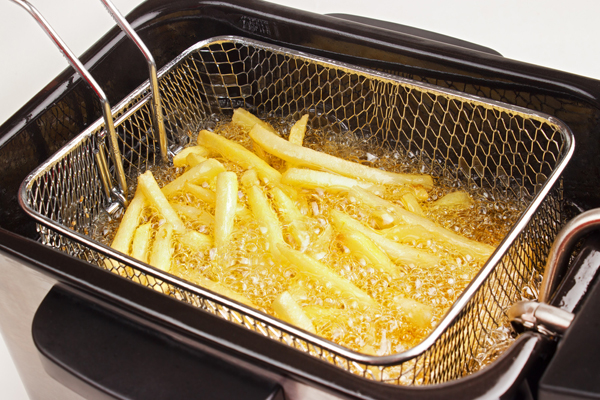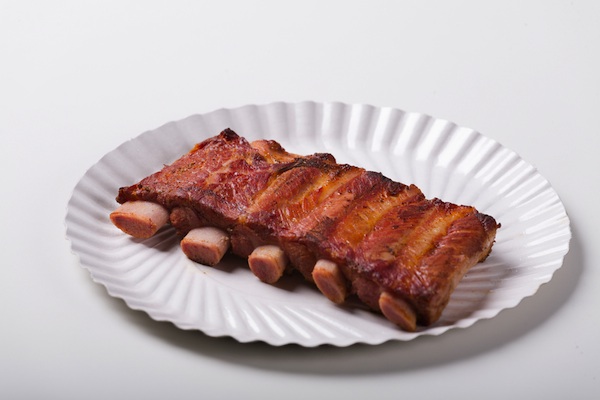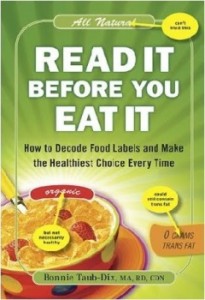Fun-loving Fergie from the Black Eyed Peas is not only the perfect party guest because she always knows which song to spin next, but she’s also got the inside skinny on the best cocktails. She’s the face of Voli Vodka, a line of lower calorie flavored vodkas. She told Chelsea Handler this fall that her daily vodka consumption varies by the week, saying, “If I have one drink a day, I feel better the next day than if I don’t drink at all. I’m just gonna start drinking daily.”
She’s clearly fit, firm and fabulous (Fergalicious to be exact), so how does she do it if she’s swilling vodka on a daily basis? Certainly her 4-6 workouts in the gym every week, but she’ll also tell you it’s because she’s not drinking just any vodka. She’s drinking Voli Vodka, which has 74 calories per shot. A standard shot of vodka has about 100 calories.
Sure, 26 calories is a fair savings when you’re drinking one cocktail or a few, especially daily. But does it really matter when they are still nutritionally void, empty calories? Bonnie Taub-Dix, MA, RD, CDN, author of Read It Before You Eat It and nutrition expert in NY, says not so much.
“My take on this is that many people think that if you don’t chew — it doesn’t count — and that’s simply not true.” Those calories most certainly still count, and maybe more than most because they’re typically accompanied by a lot of sugar – like juice and other mixers.
We showed Bonnie the Fergatini, Voli’s branded version of a Cape Cod, with Voli Lyte, Fresh Lime Juice, and Cranberry Juice.
“Think about it — in this cocktail of 82 calories — only 1-1/2 oz or 1 jigger of vodka is used. How many of us pour just one shot?,” she asked. “That won’t happen at a friend’s party! It also only includes one ounce of juice. That rarely happens too because many of the calories in alcohol are contributed by the mixers.” (more…)







